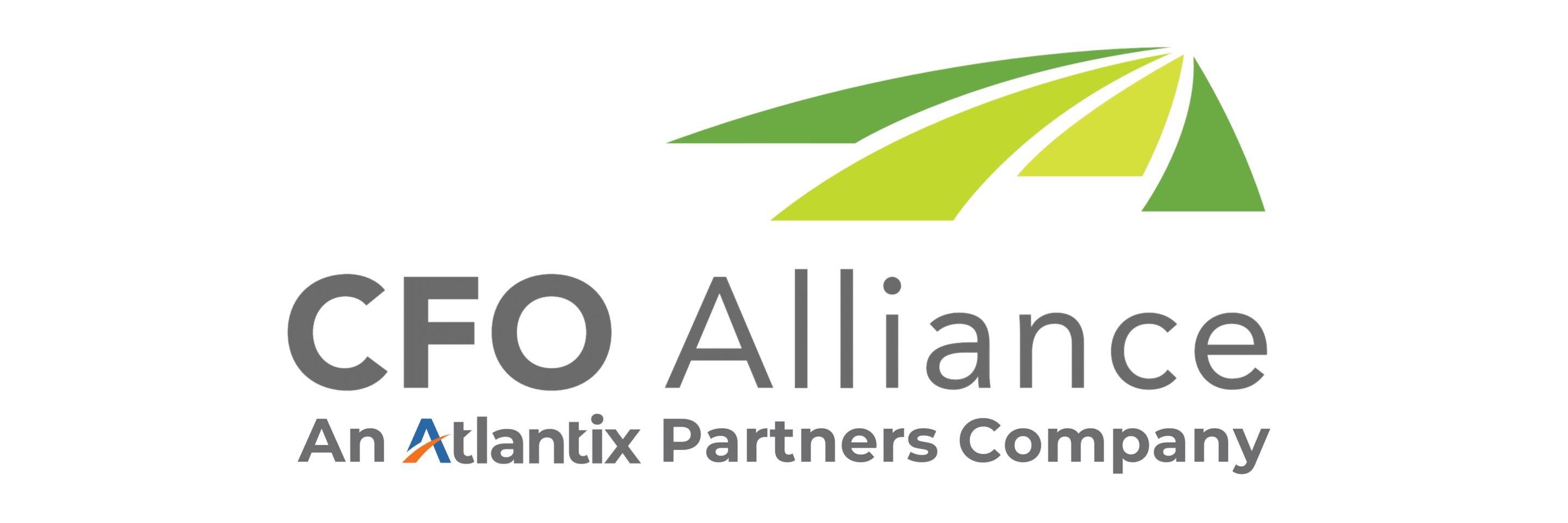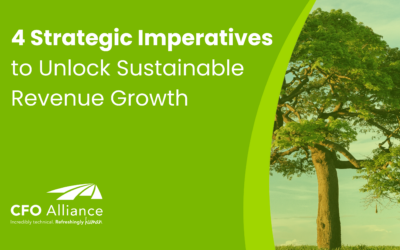When, Why, & How to Invest in Technology Transformation for Your Finance Department
When Is It the Right Time to Invest in Technology Transformation?
Staying competitive in today’s market requires adopting a mindset that drives new ways of getting work done. It means you consistently explore the question of how work can be accomplished most efficiently: by humans (ideating, creating, decision-making) or by technology (basic, routine, tedious tasks)? As you delegate more of your routine tasks to technology, your team will be free to focus on building competitive advantage through better decision-making and analysis.
How do you know when it’s time to invest in new tools? Technology and automation make the most impact when your needs have outgrown your ability to get things done effectively at speed. Greater complexity, higher volumes of work, and increased revenue growth are all turning points that should prompt you to consider which parts of your business need to scale. Here are a few questions to ask:
- Are my processes fast and repeatable?
- Am I relying on humans for routine, basic tasks?
- How accelerated is my order to cash process?
- What parts of my business can be automated to reduce human error?
- How can I create economies of scale?
- How can I use technology to overcome skills gaps and challenges?
Since 2020, the FinTech market has exploded with new tech applications aiming to innovate and automate key financial functions like accounts payable, month-end close, and order to cash. By 2030, the global FinTech market is projected to reach nearly $7 billion, growing at a compound annual growth rate of more than 20%.
Now more than ever, companies have access to finance tools that can help them get work done faster, more accurately, and with greater efficiency. As labor shortages and economic fluctuations create financial uncertainty, these tools can provide a competitive edge that helps growing companies thrive in uncertain conditions.
What does all of this mean for you? It means you have an unprecedented opportunity to innovate and automate routine tasks so that your team can focus on growth.
Avoiding Shiny Object Syndrome: What Should You Do First?
Digital innovation is one of the most important investment areas for your finance function, because it enables you to handle more volume while reducing error and risk. The right tech tools can help you:
- Scale Faster – Improve speed and efficiency while reducing complexity across your entire finance function.
- Address Talent Shortages – Technology reduces your reliance on human effort for basic tasks as you scale and frees your team to focus on value-add work.
- Get Better Data – Electronic workflows produce better processes and capture transactions in digital tools so you can harvest valuable data.
However, the sheer number of FinTech tools on the market can be overwhelming. It’s easy to get distracted by all the shiny objects without taking time to create a digital strategy that intentionally moves you toward your goals.
To avoid that trap, start by nailing down your goals and objectives and then build out a strategy to achieve those goals. Here are three considerations to help you get started:
1. Automate Repetitive Tasks
Your business is only scalable to the extent that you can make routine tasks fast, repeatable, and accurate. If you can automate these tasks, you will free up your team members to focus on more strategic work and push more volume through the business—both of which will contribute to growth.
For example, Robotic Process Automation (RPA) tools make it easy to standardize and automate back office functions typically performed by humans. Using AI and machine learning, RPA helps you automate tasks like invoice processing, purchase order processing, accounts reconciliation, revenue audits, risk assessments, and much more.
2. Automate Manual Functions
Next, look for areas where your business is still highly manual. Manual processes are time consuming and error prone. If you find yourself asking why a process takes so long and why it is so hard, that’s likely a prime opportunity for automation. For example:
- Accounts Payable – Tools like Bill.com or Tipalti help you automate invoices, approvals, and payments so you can reduce the manual effort required and improve efficiency.
- Month- End Close – Streamline long, labor-intensive month-end close processes with tools that automate checklist tasks like journal entries, balance sheet reconciliation, and more. One example is FlowQast, a tool that consolidates your data, gives you real-time overviews of your close process, and alerts you if any changes are made.
- Financial Statements – Financial reporting automation tools like Fathom streamline the process of preparing financial statements each month. They help you improve speed and efficiency, reduce errors, and support decision-making and financial forecasting with better data and insights.
- Order to Cash Processes – Software tools can help you automate and streamline every step of the order to cash process so you can move cash into your business faster. You can use your ERP to automate many of these functions, and you may also benefit from integrating a third-party application to manage certain functions.
3. Standardize Systems to Create Scale Reduce Complexity and Increase Volume
No matter how skilled and efficient your team is, it is nearly impossible to create scale with humans alone. As businesses grow, there is inherently more volume and complexity—which means accounting costs can rise rapidly unless scalable systems are developed.
In addition to automating routine, manual tasks, it’s also wise to step back and take a look at your systems and processes as a whole. What’s working and what isn’t? Where can you take a different approach that will improve efficiency, speed, and accuracy? For example, if you want to grow your customer base from 50 to 200, you will need to revisit every step of the order-to-cash process to drive throughout.
Next Steps: How to Kickstart Your Digital Transformation Strategy
Innovation isn’t just a “someday we’ll get to it” goal. It’s a critical component of building competitive advantage, and it’s a necessity in today’s business environment. As a high-growth entrepreneur, you already have an innovative mindset that looks for new ways to get things done more efficiently. Put that mindset to work as you kickstart your financial transformation strategy with these five tips:
- Pinpoint your highest priorities and pick a small handful of tools that will give you the highest ROI.
- Don’t underestimate the level of effort and amount of time needed!
- Be sure you have the right resources on your team to implement the tools.
- Determine whether you want to seek out external support for integration or whether you have the right resources on your internal team.
- Plan for the people side of change. Help team members understand the need for new technology, what’s in it for them, and how it will benefit the company as a whole.
- Allow your team enough time to get the implementation done right.
If you need support, CFO Alliance is here to help! Our team understands the FinTech landscape and can help guide you through the process of developing your strategy, standardizing your systems and processes, choosing and implementing the right technology, and bringing it all together to deliver the greatest impact. Contact us today to learn how we can move you closer to your goals.
4 Strategic Imperatives to Unlock Sustainable Revenue Growth
4 Strategic Imperatives to Unlock Sustainable Revenue GrowthCreating long-term, sustainable revenue growth takes more...
Future-Proof Your Workforce with a Modern Talent Agenda
Future-Proof Your Workforce with a Modern Talent AgendaWhat does the future of talent look like? It’s a fair question,...
The Talent Behind the Tech: How Skills-Based Hiring Supports Technology Innovation
The Talent Behind the Tech: How Skills-Based Hiring Supports Technology InnovationStaying relevant with technology in...




